Bloomberg Technology
FPV’s Chan: We Never, Ever Invested Into the AI Hype
FPV Ventures Co-Founder and Managing Partner Wesley Chan joins Caroline Hyde and Ed Ludlow to discuss its $450 million fund focused on investing in mission-driven founders, as well as investing opportunities and the hype around generative AI. ——– Like this video? Subscribe to Bloomberg Technology on YouTube: Watch the latest full episodes of “Bloomberg Technology” with…
Bloomberg Technology
Nvidia’s Magic Fades | Bloomberg Technology
Bloomberg’s Caroline Hyde discusses the latest sentiment around Nvidia as investors cool on the AI darling despite posting an earnings beat. And, the new Trump administration is said to be mulling a first-ever crypto policy role. Plus, Palo Alto Networks sees easier “fixes” ahead in cybersecurity as the world moves from hardware to software. ——–…
Bloomberg Technology
Palo Alto CEO Says Regulations May Get Easier Under Trump
Nikesh Arora, CEO of Palo Alto Networks, says M&A could potentially move quicker under the new Trump administration as they take on a more deregulatory tone. He joins Caroline Hyde to discuss on “Bloomberg Technology.” ——– Like this video? Subscribe to Bloomberg Technology on YouTube: Watch the latest full episodes of “Bloomberg Technology” with…
Bloomberg Technology
JPM Rolls Out AI Assistant for Workers
JPMorgan Chase Chief Data and Analytics Officer Teresa Heitsenrether talks about how the company is using an artificial intelligence assistant called LLM Suite. She speaks to Bloomberg’s Caroline Hyde at the Evident AI Symposium in New York. ——– Like this video? Subscribe to Bloomberg Technology on YouTube: Watch the latest full episodes of “Bloomberg…
-

 Science & Technology4 years ago
Science & Technology4 years agoNitya Subramanian: Products and Protocol
-

 CNET4 years ago
CNET4 years agoWays you can help Black Lives Matter movement (links, orgs, and more) 👈🏽
-
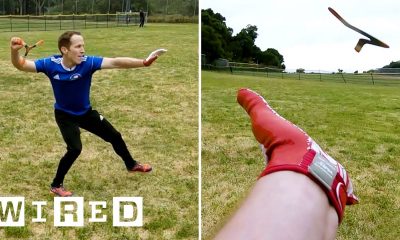
 Wired6 years ago
Wired6 years agoHow This Guy Became a World Champion Boomerang Thrower | WIRED
-

 People & Blogs3 years ago
People & Blogs3 years agoSleep Expert Answers Questions From Twitter 💤 | Tech Support | WIRED
-

 Wired6 years ago
Wired6 years agoNeuroscientist Explains ASMR’s Effects on the Brain & The Body | WIRED
-
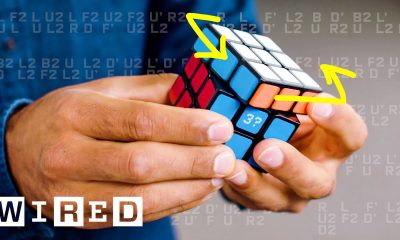
 Wired6 years ago
Wired6 years agoWhy It’s Almost Impossible to Solve a Rubik’s Cube in Under 3 Seconds | WIRED
-

 Wired6 years ago
Wired6 years agoFormer FBI Agent Explains How to Read Body Language | Tradecraft | WIRED
-

 CNET5 years ago
CNET5 years agoSurface Pro 7 review: Hello, old friend 🧙








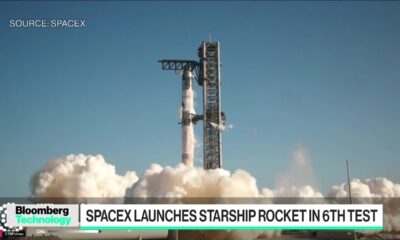



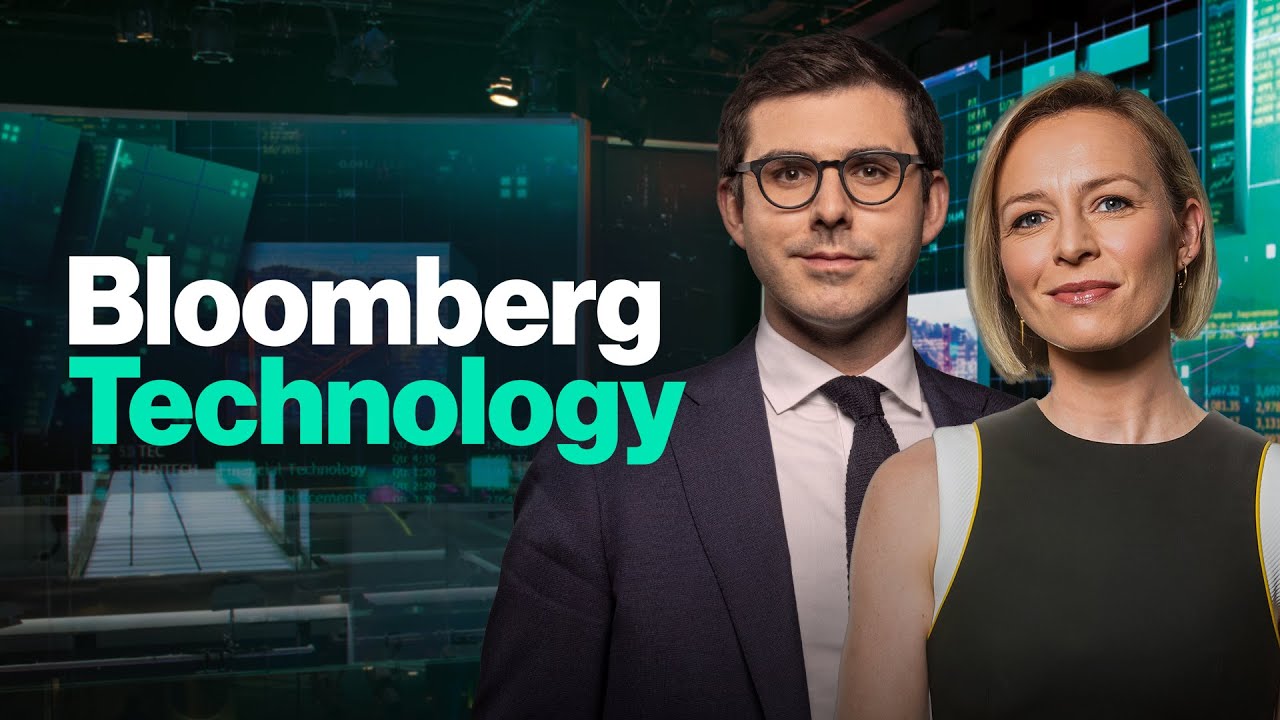
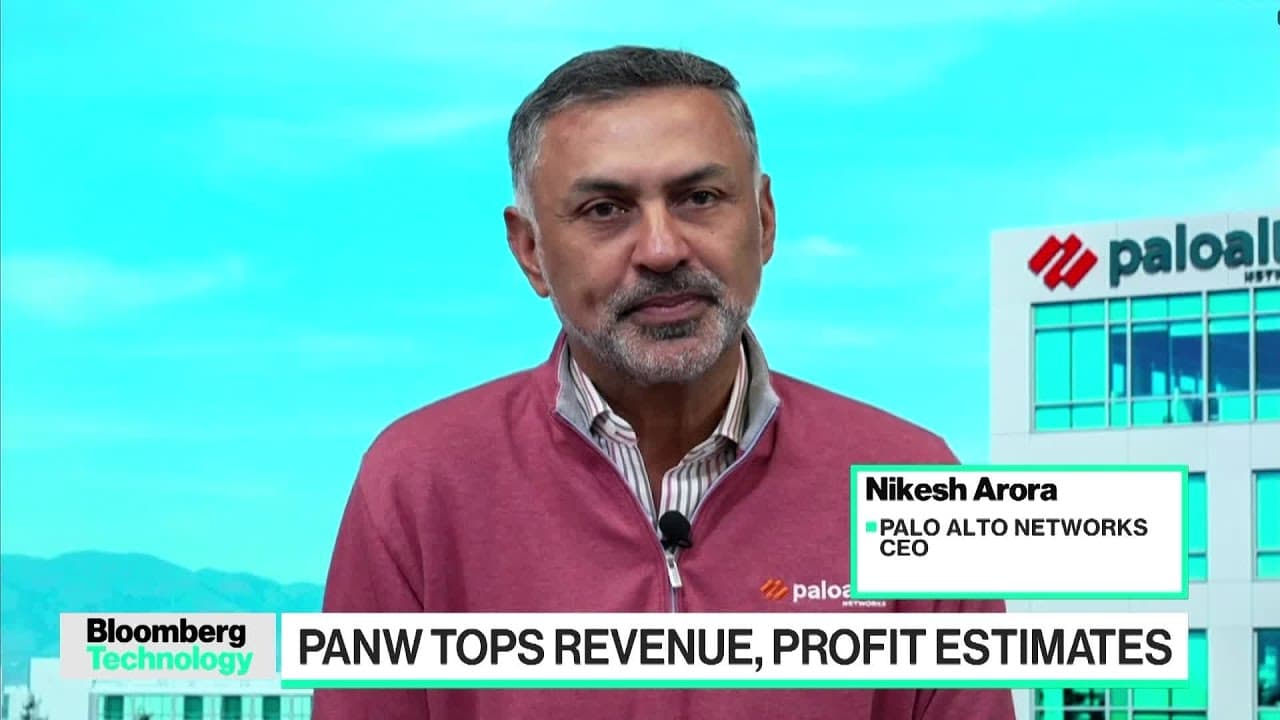


C.V. V
June 9, 2023 at 6:46 pm
so there are smart investors like this guy still out there
Thomas Swedmore
June 9, 2023 at 11:21 pm
when you try to look at everyone at the same time and end up looking at nobody.
Religion Is for low IQ people
June 10, 2023 at 8:45 am
Smart guy
rodney Pantony
June 10, 2023 at 1:06 pm
Proteins ARE robots and DeepMind/Alphafold enables humanity to harness about 200,000,000 nano robots. This adds trillions to global economy. One billion Ph.D. protein science years, or one million Ph.D. protein science candidates producing 10,000 protein science papers annually, can now translate the science to clinical and commercial applications. Previously protein Ph.D. students spent 5 years of drudgery and obscurity to solve one protein, now they can match nanorobots to practical application. Ditto other AI breakthroughs, producing more work, prosperity.
It’d be nice to revisit the documentary The Symphony of the Soil and identify all species of soil microbes, 1,000s, 1,000,000s, 1,000,000,000s, etc and all past Planet Earth environments, just in case…
Note that simply by switching your model of the world, you bring about great effects. ( PS I have satisfied myself that atoms are elemental quantum computers.)
Action Required: Compute, verify or rebut that Proteins are Nanorobots which will add trillions to Global .
Audi alteram partem from ChatGPT…( What ChatGPT misses is that proteins are dynamic, much like robots, or that proteins are like tradesmen and women on a construction site)
ChatGPT
While proteins and nanorobots are fundamentally different in their composition and origin, there are a few similarities between them:
Functionality: Both proteins and nanorobots can be designed or evolved to perform specific functions. Proteins have diverse functions within living organisms, such as enzymatic catalysis, molecular transport, and signaling. Similarly, nanorobots are engineered to perform specific tasks, such as targeted drug delivery, sensing, or manipulation of biological systems.
Structural Complexity: Both proteins and nanorobots can possess intricate structures. Proteins fold into complex three-dimensional shapes determined by their amino acid sequence, allowing them to carry out their specific functions. Similarly, nanorobots can be designed with intricate architectures and nanoscale components to achieve precise functionality.
Manipulation and Interaction: Both proteins and nanorobots can interact with other molecules or entities in their environment. Proteins can bind to specific molecules, such as substrates or ligands, and undergo conformational changes to perform their functions. Nanorobots can also be designed to interact with specific targets, whether through molecular recognition, surface interactions, or other mechanisms.
Application Potential: Both proteins and nanorobots have potential applications in various fields. Proteins are extensively studied and utilized in biotechnology, medicine, and other areas for their functional properties. Nanorobots, although still in the early stages of development, hold promise for applications in fields like medicine, nanoscale manufacturing, and environmental sensing.
It’s important to note that these similarities should not overshadow the fundamental differences between proteins and nanorobots, as proteins are natural biological molecules while nanorobots are man-made devices.
Chloné
June 11, 2023 at 10:23 am
the term AI itself is so broad. Most companies are doing conditioning and filtering
Ish Mail
June 12, 2023 at 2:27 am
GBT Technologies is about to skyrocket.